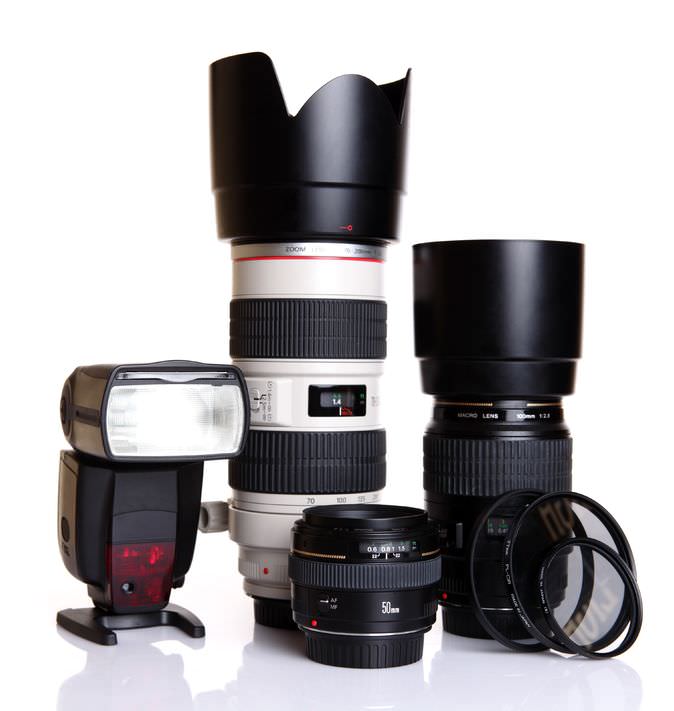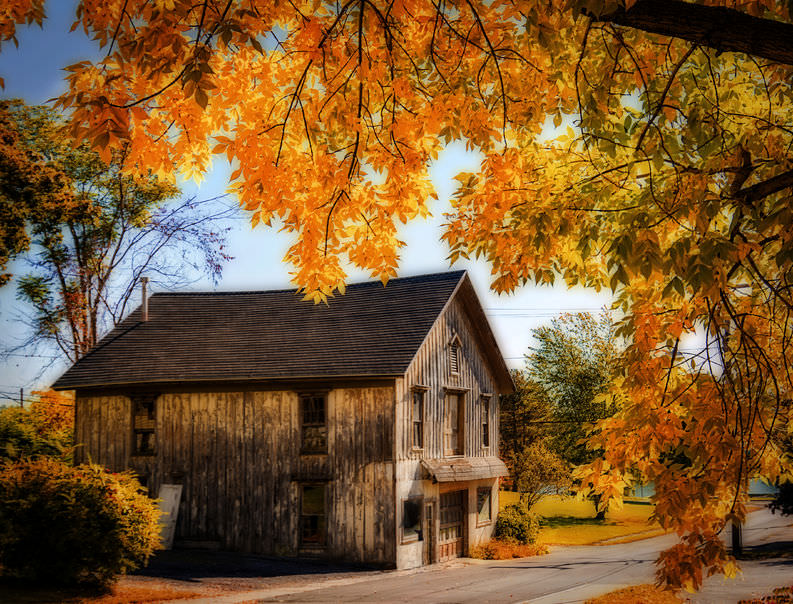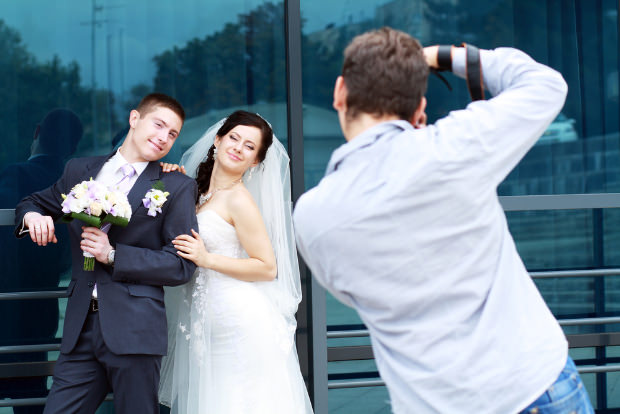Your PT Tuesday Newsletter
The word “photography” is taken from the Greek words photos, which means “light,” and graphein, which means “to draw.” It is believed that “photography” was first used by Sir John F.W. Herschel in 1839. Interestingly, the first usage of the word came 12 years after Joseph Nicephore Niepce took the first photograph with a camera obscura.
Trending on PhotographyTalk
 |
The Cool List of Photography JokesGet ready to be the life of the party (or the office at least) with the coolest photography jokes the internet has to offer! |
 |
Top 10 Items a Photographer Needs to Carry At All TimesThere are the obvious necessities like tripods and filters, but what about a loupe, a-clamps, or a hot shoe flash? Get up-to-date on what you need to have on you at all times! |
 |
How to Use Photoshop to Transform Photos Into Watercolor PaintingsYou probably already use Photoshop to adjust white balance, crop images, and convert color photos to black and white, but did you know you can also use it to convert a photo into a watercolor painting? Give this tutorial a read to learn how. |
 |
The Top 3 Focal Lengths for Wedding PhotographyWhat would you say is the best focal length to photograph a wedding? See what we think by checking out our list of the top three focal lengths for wedding photography. |
 |
The 5 Things You Should Never Assume About Your ClientsFrom assuming your client knows what they want to assuming they will be satisfied with whatever you do, these are the top assumptions you should never, ever make about your clients. |
Editor’s Picks: PhotographyTalk Member Photos of the Week

Misty Morning by Carroll Loyer
This breathtaking image, shared with PhotographyTalk by Summit Workshops, demonstrates the peace and tranquility that can be captured during Golden Hour. The still waters are a perfect surface for a beautiful reflection while the warm tones of the setting sun give the clouds a soft watercolor-like look.

Untitled by Rachel Kneubuhler
The detail in this macro shot of a dragonfly is astounding, with the texture of the insect’s wings and body adding all sorts of dimension to the shot. Great framing as well, Rachel!

Tuscan Light by Lars van de Goor
The softness of this image is one of its greatest features. Between the mist settling among the rolling hills and the faint light illuminating the scene from the side, the landscape has a mystical feel. The muted colors, along with areas of deep shadow and bright highlights also give the photo an almost black and white appearance.

Untitled by Jean
Many photographers might have kept this image in color, but the black and white treatment that Jean created really works. There’s a wonderful dynamic range, with various grey tones in between the deep black of the plants in the background and the pure white of the flower nearest the lens. The water droplets on the petals are a nice visual surprise as well.

Untitled by Kevin LJ
In another great example of a black and white photo, Kevin LJ gives us a dark and moody background that juxtaposes well with the lighter tones (and lighter mood) of the man. From the wrinkles of the man’s shirt to the character that his tattoos give the shot to the hint of detail in the background, this image has all kinds of texture to keep your eyes engaged, but not overwhelmed.
What’s New on PhotographyTalk
With summertime around the corner for those of us in the northern parts of the world, wedding season is coming close behind. For you wedding photographers out there, get a refresher course and check out our new article on 5 Wedding Trends that Photographers Need to Keep up With. It might just give you a few more ideas for your shot list! Also be sure to have a look at 12 Tips for a Smoother Wedding Photo Shoot to see how you can minimize stress and maximize results when photographing the happy couple.
We’ve also got a fun guest post from award-winning photographer Hunter McRae to tell you about. In 4 Rules Of Photography To Keep (And One To Break), Hunter discusses a few do’s and don’ts for your creative process, and reminds us that in photography, rules are made to be broken. But, her composition tips will definitely get you going in the right direction! We’re looking forward to more posts from Hunter as she writes additional articles for us this month.
This last week, we also published a couple of articles geared toward event photography. In The Top 3 Ways Photographers can Help Breathe Life into Events, learn how you can add some fun and excitement to the events you photograph, without becoming an annoyance or a distraction. There’s even a way to make the event more fun while giving yourself the ability to capture photos in a more streamlined manner. Of course, in order to spice up events you’re working, you need to land the gig in the first place. How to Attract Event Photography Business gives you concrete steps you can take to get more jobs, including ways to add unique services that are sure to impress clients and have them reaching for the pen to sign the contract. You don’t want to miss out on these excellent tips!
Check Out What PT Members Have to Say in This Week’s Top Forum Post
There’s been a lot of buzz lately in the PhotographyTalk forum (and elsewhere on the internet) about photographers being asked, both kindly and not so kindly, to stop taking photos, sometimes even in a public place. PT member Frost Photography had one such experience, and asked the community about whether it was appropriate or not to have been asked to stop taking photos. Their post, entitled, “Got Kicked Off Santa Monica Pier Over the Weekend” has gotten a lot of responses from other forum participants. See how Frost Photography handled the situation, read how other PT members would have dealt with it, and add your own thoughts to the thread!
